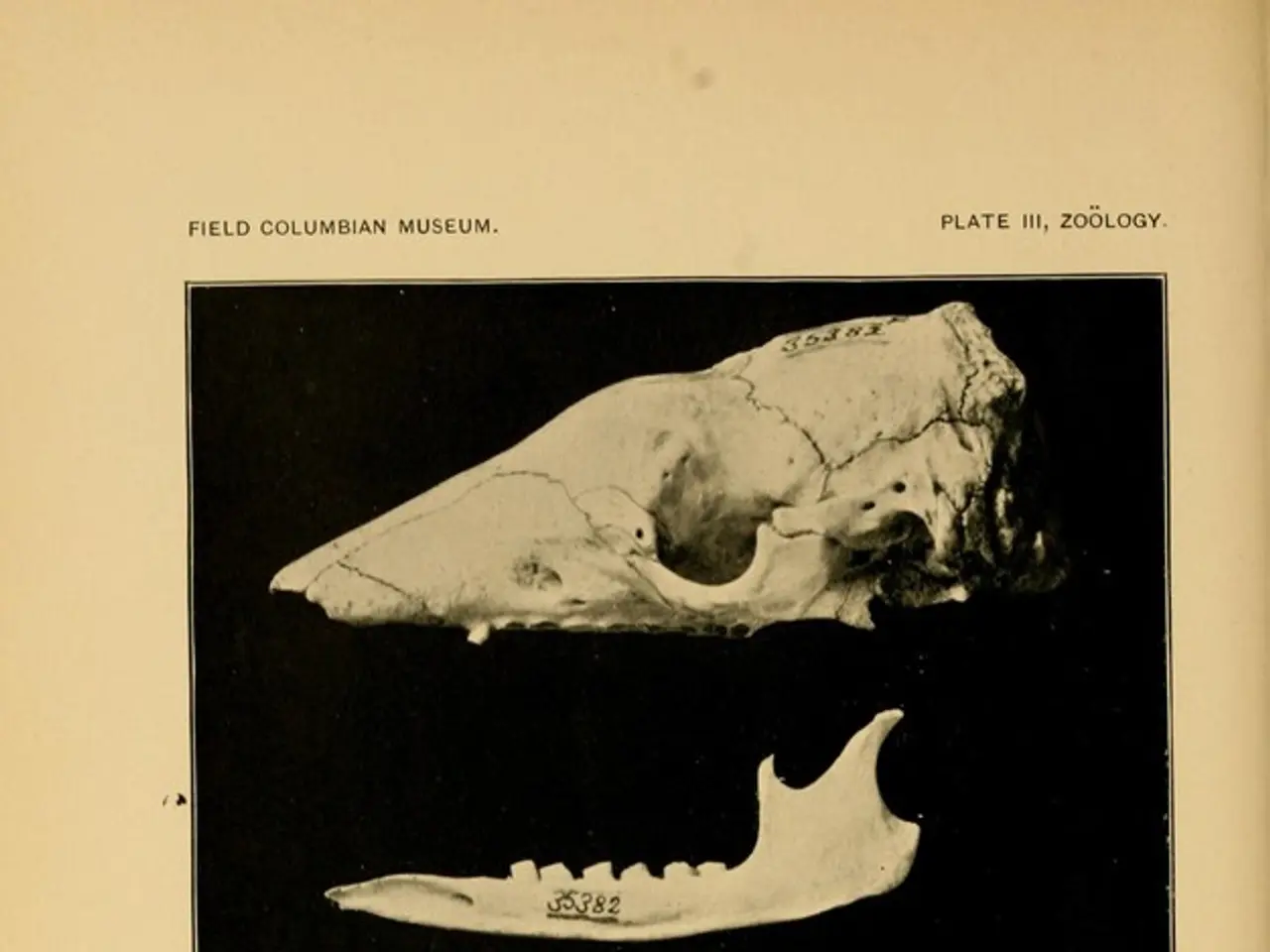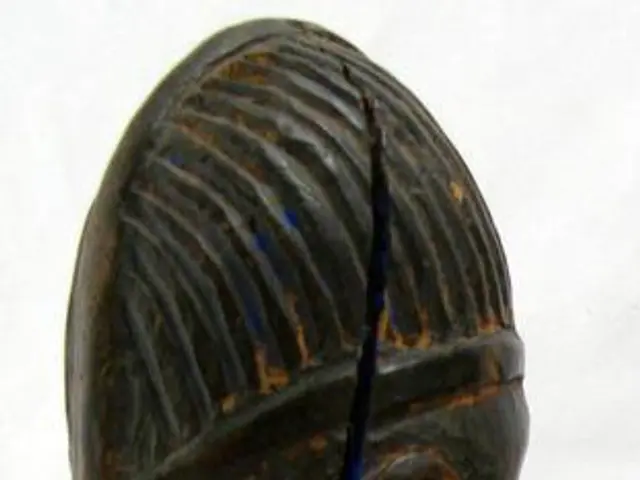Factors contributing to and increasing the likelihood of osteoporosis development
Osteoporosis, a condition that weakens bones and increases the risk of fractures, is a common health concern, particularly among older adults. Here's a breakdown of controllable risk factors and preventive measures to help you better understand and reduce the risk of osteoporosis.
Smoking and excessive alcohol consumption are major controllable risk factors for osteoporosis. Smoking increases bone loss and fracture risk, while excessive alcohol consumption negatively impacts bone density and increases fall and fracture risk.
Long-term use of certain medications, such as corticosteroids, cancer treatments, seizure meds, and thyroid medications (if taken in large doses), can also weaken bones. It's essential to review medication risks with a doctor to ensure you're making informed decisions about your health.
Hormonal imbalances, particularly low estrogen after menopause or low testosterone in men, speed up bone loss. Thyroid disorders, particularly an overactive thyroid or excessive thyroid medication, contribute to bone loss as well.
Maintaining a healthy body weight is crucial. Low body weight or BMI means less bone mass to draw on, making it a modifiable risk factor through nutrition and weight management.
Managing chronic diseases, such as rheumatoid arthritis, Crohn’s disease, and diabetes, may also affect bone health. Emerging factors recognized include recent fractures, conditions such as diabetes, and sarcopenia, which influence fracture risk and bone fragility.
Taking steps to quit smoking, limit alcohol intake within guidelines, review medication risks with a doctor, control thyroid and hormone levels, and maintain a healthy weight can all help reduce osteoporosis risk beyond diet and exercise alone.
It's important to note that osteoporosis affects various demographics. About 1 in 2 females aged 50 years and older will break a bone due to osteoporosis. White, Asian, and Hispanic adults have a higher prevalence of osteoporosis compared to other races. People who have small, thin bodies typically have smaller bones and start with less bone mass.
Having a family history of osteoporosis may increase a person's risk of developing the condition. Hormonal changes in menopause lead to a decrease in estrogen levels, which promotes bone loss and may cause increased bone loss in the first 10 years after menopause. Males also experience bone loss due to changes in testosterone levels, but at a slower rate than females.
Being sedentary, smoking, and drinking excessive amounts of alcohol may increase the risk of osteoporosis. Most people who develop osteoporosis are over the age of 50 years. Not getting enough calcium or vitamin D in the diet can increase the risk of osteoporosis.
Eating a diet high in processed foods may also increase the risk of bone loss. Having certain medical conditions, such as eating disorders, rheumatoid arthritis, HIV or AIDS, gastrointestinal diseases, and diabetes, may affect a person's risk of developing osteoporosis.
According to the American Academy of Orthopaedic Surgeons (AAOS), a person's chance of developing osteoporosis increases if they have a family history of the condition. Osteoporosis causes bone loss at a faster rate than new bone growth, making bones weaker and more prone to fractures.
By understanding these risk factors and taking proactive steps to manage them, you can significantly reduce your risk of developing osteoporosis. Consult with your healthcare provider for personalised advice and guidance on maintaining bone health.
Read also:
- Budget cuts at federal and state levels jeopardize advancements in fighting HIV and AIDS within Dallas County
- Understanding Prediabetes: A Precursory Condition to Diabetes
- Debating the legitimacy of Borderline Schizophrenia as a distinct mental health disorder?
- Strategies for managing osteoporosis sans medication: Key points to remember







